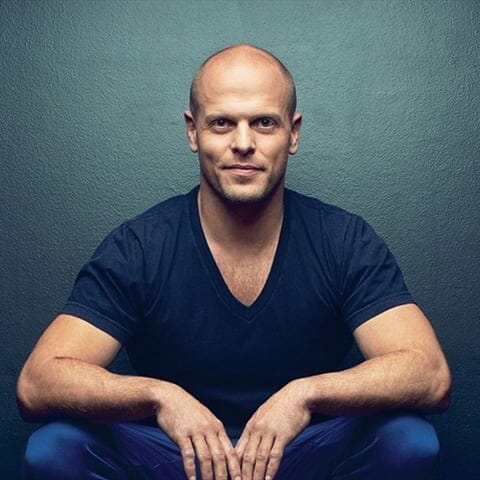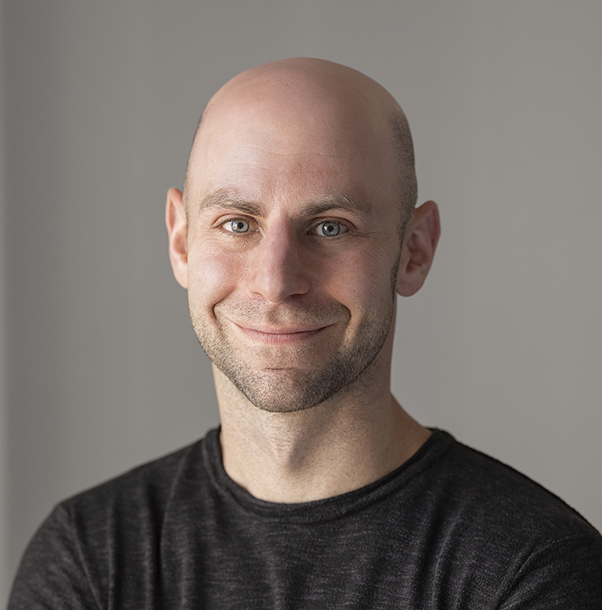 author
authorDiscover the Best Books Written by Dale Carnegie
Dale Breckenridge Carnegie (originally Carnagey until 1922 and possibly somewhat later) (November 24, 1888 – November 1, 1955) was an American writer and lecturer and the developer of famous courses in self-improvement, salesmanship, corporate training, public speaking, and interpersonal skills. Born in poverty on a farm in Missouri, he was the author of How to Win Friends and Influence People, first published in 1936, a massive bestseller that remains popular today. He also wrote a biography of Abraham Lincoln, titled Lincoln the Unknown, as well as several other books.
Carnegie was an early proponent of what is now called the responsibility assumption, although this only appears minutely in his written work. One of the core ideas in his books iDale Breckenridge Carnegie (originally Carnagey until 1922 and possibly somewhat later) (November 24, 1888 – November 1, 1955) was an American writer and lecturer and the developer of famous courses in self-improvement, salesmanship, corporate training, public speaking, and interpersonal skills.
Born in 1888 in Maryville, Missouri, Carnegie was a poor farmer's boy, the second son of James William Carnagey, and his wife Amanda Elizabeth Harbison (b. Missouri, February 1858 – living 1910). In his teens, though still having to get up at 4 a.m. every day to milk his parents' cows, he managed to get educated at the State Teacher's College in Warrensburg. His first job after college was selling correspondence courses to ranchers; then, he moved on to selling bacon, soap, and lard for Armour & Company. He was successful to the point of making his sales territory of South Omaha, Nebraska, the national leader for the firm.
After saving $500, Carnegie quit sales in 1911 in order to pursue a lifelong dream of becoming a Chautauqua lecturer. He ended up instead attending the American Academy of Dramatic Arts in New York but found little success as an actor, though it is written that he played the role of Dr. Hartley in a road show of Polly of the Circus. When the production ended, he returned to New York, unemployed, nearly broke, and living at the YMCA on 125th Street.
It was there that he got the idea to teach public speaking, and he persuaded the "Y" manager to allow him to instruct a class in return for 80% of the net proceeds. In his first session, he had run out of material; improvising, he suggested that students speak about "something that made them angry", and discovered that the technique made speakers unafraid to address a public audience.
From this 1912 debut, the Dale Carnegie Course evolved. Carnegie had tapped into the average American's desire to have more self-confidence, and by 1914, he was earning $500 - the equivalent of nearly $10,000 now - every week. Perhaps one of Carnegie’s most successful marketing moves was to change the spelling of his last name from “Carnegey” to Carnegie, at a time when Andrew Carnegie (unrelated) was a widely revered and recognized name.
By 1916, Dale was able to rent Carnegie Hall itself for a lecture to a packed house. Carnegie's first collection of his writings was Public Speaking: a Practical Course for Business Men (1926), later entitled Public Speaking and Influencing Men in Business (1932). His crowning achievement, however, was when Simon & Schuster published How to Win Friends and Influence People. The book was a bestseller from its debut in 1937, in its 17th printing within a few months.
By the time of Carnegie's death, the book had sold five million copies in 31 languages, and there had been 450,000 graduates of his Dale Carnegie Institute. It has been stated in the book that he had critiqued over 150,000 speeches in his participation in the adult education movement of the time.
Best author’s book























